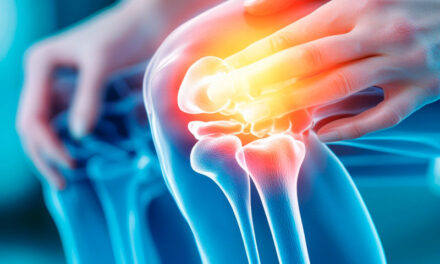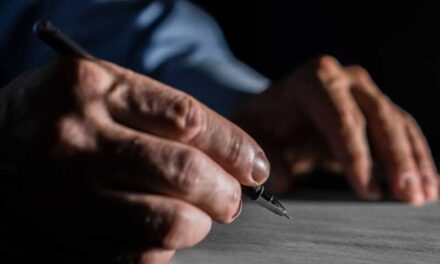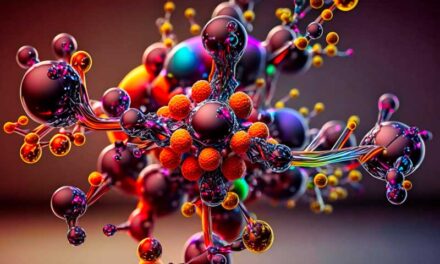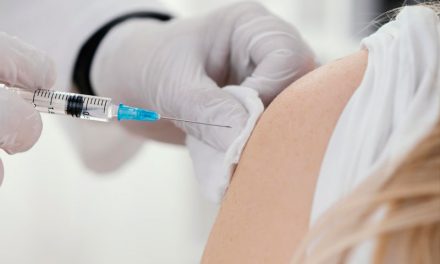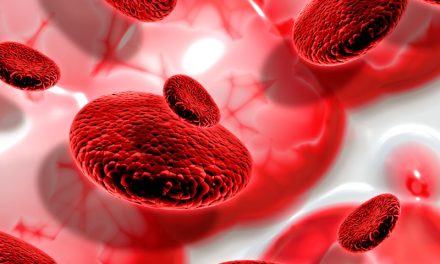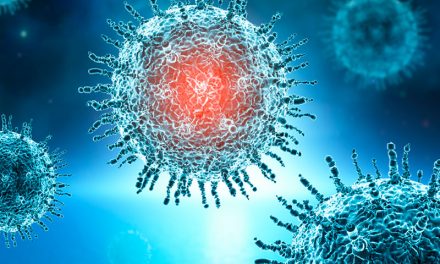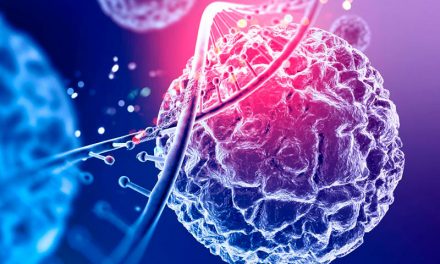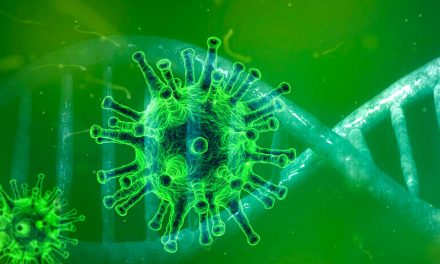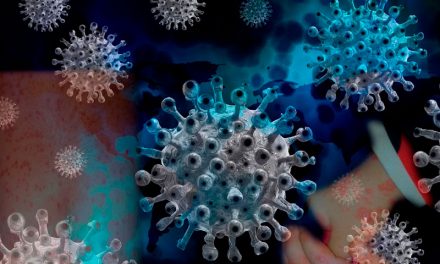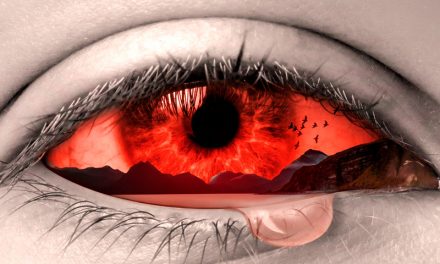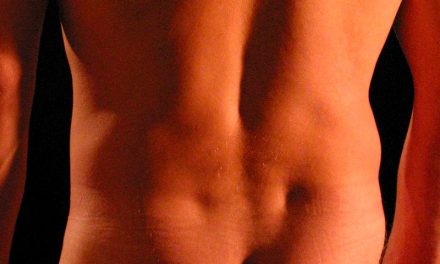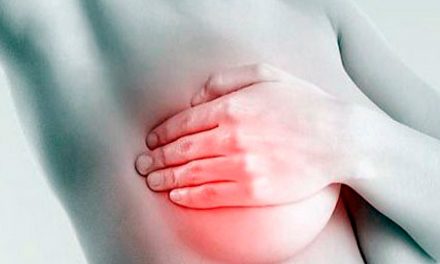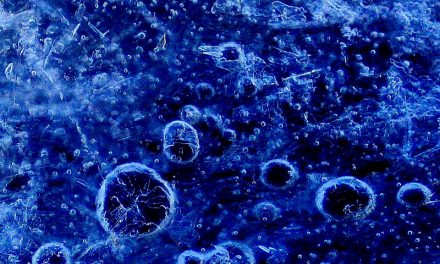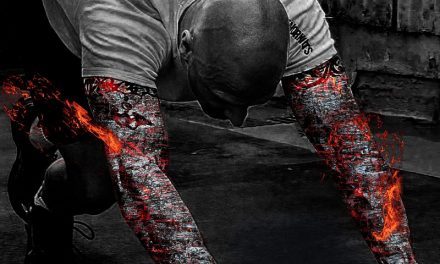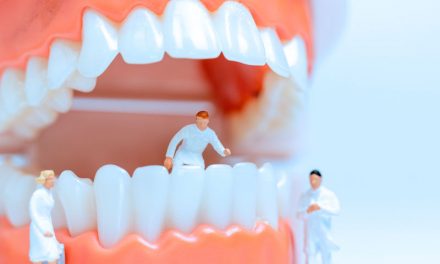Bibliographic review
Author
Miguel A. Medina-Alonso
Abstract
Epicondylitis, or tennis elbow, is a chronic tendinopathy of the tendons on the back of the forearm at its proximal insertion. Histopathologically it presents disorganization of collagen fibres, immature fibroblasts, anomalous vascular elements and atypical granulation tissue, although almost without inflammatory cells. Epicondylitis is the most common disease of the elbow, with a prevalence of 1-3% in the general population, similar in men and women, and much higher in manual workers or in relation to sports activity. Therefore, it predominates in the middle ages of life (35-50 years). It is associated with activities exposed to manual handling, effort, vibrations, use of tools or handling of loads. The duration of the clinical symptoms is prolonged; on average 6-9 months.
The diagnosis is clinical, confirmable with ultrasound and Magnetic Resonance Imaging. Different therapeutic strategies have been advocated: expectant behaviour, conservative treatments with oral nonsteroidal anti-inflammatory drugs, physiotherapy, manual therapy, bracing systems, neuromuscular tapping, as well as electrotherapy elements: ultrasound or laserterapia. There are more invasive techniques such as infiltration with botulinum toxin, hyaluronic acid, platelet rich plasma or corticosteroids. Surgery should be reserved for refractory cases.
These treatments do not always achieve the desired result, they are not side effects free and do not always prevent recurrences. Given this perspective, we present the clinical evidence that supports the infiltration of epicondylitis with a mixture of medical oxygen and ozone as a useful alternative and with few or no side effects in the treatment of this pathology
This post is also available in:  Español (Spanish)
Español (Spanish)



